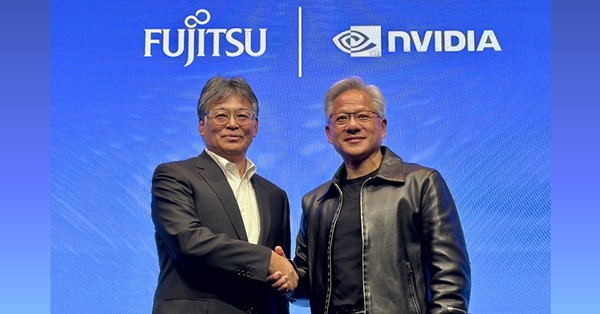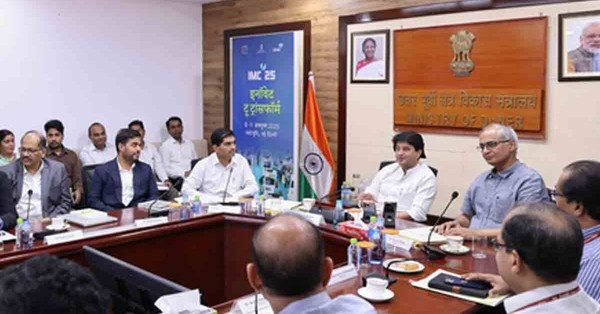CAMARA, the global initiative spearheaded by the Linux Foundation, has made significant strides in enhancing the interoperability and functionality of telco APIs with its latest release, “Meta-release Spring25”. This release marks the second major update from the CAMARA project, introducing both new APIs and updates to existing ones, aimed at improving security, notifications, and error handling among other features.
CAMARA Spring25 Update: What’s New in Telco APIs
The Spring25 Meta-Release is a substantial advancement in CAMARA’s ongoing effort to standardize and open up telco APIs for wider use across the industry. With 13 new APIs and updates to 23 existing ones, this release brings the total to 36 APIs that have undergone rigorous quality checks and consistency assessments. This brings the total count of mature APIs in the ecosystem to 38, with more than 30 others in development, showcasing CAMARA’s commitment to expanding this crucial technological infrastructure.
Key Features and Enhancements in CAMARA’s Spring25 Release
The new and updated APIs in the Spring25 release focus on enhancing functionalities critical to telecom operations. Notable improvements include enhanced notifications, events, and error responses, which are now more robust and user-friendly. Additionally, the Security and Interoperability Profile has been revised to provide clearer and more comprehensive guidelines, ensuring safer and more seamless access to network capabilities for developers.
New APIs introduced in this release address various operational needs such as Device Reachability Status, Location Verification, and Quality on Demand, among others. Updated versions of existing APIs, like Connectivity Insights and KYC Match, have also been enhanced to offer better performance and more features.
APIs included in the Meta release:
- Stable CAMARA APIs: Device Reachability Status, Device Roaming Status, Location Verification, Number Verification, One-time Password SMS, QoS Profiles, Quality On Demand, and SIM Swap
- Updated Versions of existing CAMARA APIs: Applications Profiles, Call Forwarding Signal, Carrier Billing, Carrier Billing Refund, Connectivity Insights, KYC Fill-In, KYC Match, Location Retrieval, Population Density Data, QoD Provisioning, and the updated versions of APIs to subscribe for event notifications: Connectivity Insights Subscriptions, Device Reachability Status Subscriptions, Device Roaming Status Subscriptions, Geofencing Subscriptions, SIM Swap Subscriptions
- Initial versions of new CAMARA APIs, ready to be implemented by network operators: Blockchain Public Address, Connected Network Type (including Subscriptions), Customer Insights, Device Identifier, Device Swap, Know Your Customer Age Verification, Know Your Customer Tenure, Number Recycling, Region Device Count, WebRTC Call Handling, WebRTC Events and WebRTC Registration
CAMARA’s Industry Impact: Global Partnerships and Support
Since its inception, CAMARA has seen a rapidly growing list of contributors and participating organizations, now featuring 1250+ contributors from 427 organizations. This broad support underscores the industry’s recognition of the importance of standardized API solutions in fostering innovation and efficiency in telecommunications.
Arpit Joshipura, general manager at the Linux Foundation, emphasized the release as a milestone in advancing global telecom standards.
Nathan Rader, CAMARA Governing Board Chair, also highlighted the release’s role in driving new opportunities across the telecom ecosystem through stable and open API solutions.
What’s Next for CAMARA: Future Releases and Community Involvement
Looking ahead, CAMARA is committed to maintaining a bi-annual release schedule to ensure network operators and developers have regular access to the latest and most reliable API updates. This schedule not only aids in planning and deployment but also supports the ongoing evolution of network technologies and services.
The CAMARA community remains actively involved in industry events, such as the upcoming KubeCon + CloudNativeCon EU, where they will host a booth to engage with developers, service providers, and other stakeholders interested in the open telco API ecosystem.
How to Get Involved with CAMARA’s API Projects
As CAMARA continues to grow, it invites new participants to join as sponsors, contributing organizations, or individual contributors. Interested parties can find more information on how to get involved by visiting the CAMARA project website. This participation helps in shaping the future of telecommunications APIs, promoting a more interconnected and standardized global network infrastructure.
The Linux Foundation, which hosts the CAMARA project, continues to be a central figure in promoting open collaboration across various technological fronts, further emphasizing the critical role of open standards in the sustainable development of global tech infrastructures.
For more details on CAMARAs APIs and their applications, or to learn about joining the CAMARA project, please visit the official CAMARA project website.







































